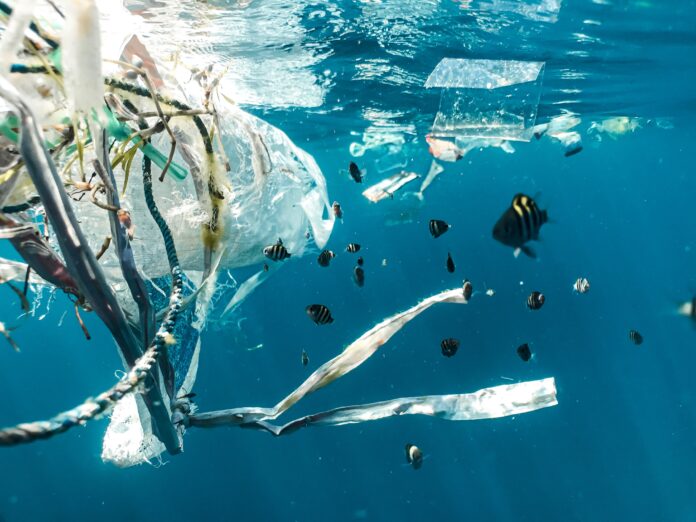
The issue of waste is closely related to the increase in greenhouse gas emissions, which can lead to global warming. Therefore, the government is committed to reducing emissions by reducing waste in Indonesia through the concept of zero waste and zero emissions under the program titled “Indonesia Bersih 2025”.
The formation of methane gas from the process of decomposing organic waste and the release of carbon dioxide through waste incineration activities contribute to climate change on planet Earth.
The Ministry of Environment and Forestry has launched the “Indonesia Bersih 2025” program based on Presidential Regulation No. 97 of 2017 on the national policy and strategy for household waste and similar waste management.
Through this program, Indonesia aims to handle 70% of waste and reduce the remaining 30% through strategies from upstream to downstream.
The government is trying to raise awareness among households to handle their waste independently through composting and maggot cultivation for organic waste, as well as sorting and making handicrafts for non-biodegradable waste that is not easily decomposed.
According to data from the Ministry of Environment and Forestry, the majority of waste in Indonesia comes from households, with a composition of 43.3%, and food waste accounts for 41.1%.
In addition to its ambition to solve household waste, the government also obliges producers to reduce waste by redesigning product packaging to make it easy to recycle and to retrieve their non-biodegradable waste from society.
Furthermore, the downstream sector, which is located in the final processing site or TPA, uses various methods to maximize waste management and eliminate the need to dispose of waste at TPA.
Some of the technologies used include converting easily combustible and high-calorie waste such as plastic, paper, cloth, leather, and rubber into refuse-derived fuel or RDF.
RDF is a solid fuel substitute for coal used in power plants and cement factories. Waste management into RDF products can reduce the need for TPA land and improve environmental quality.
Several waste-to-energy power plants or PLTSa that are operating are located in Solo and Semarang in Central Java.
The PLTSa project is a collaboration program between the government and business actors to utilize energy from waste to reduce methane gas emissions by 30% by 2030 and achieve carbon neutrality by 2060.
Through various waste management and reduction strategies from upstream to downstream, the government hopes that there will be no more new TPA constructions by 2030, and Indonesia can be free from TPA starting in 2040.






















